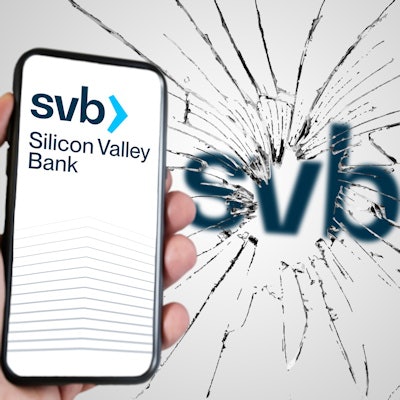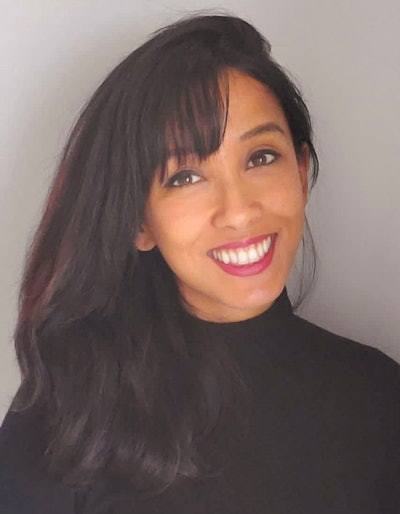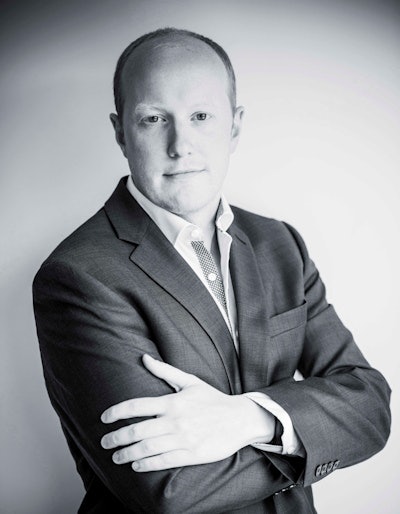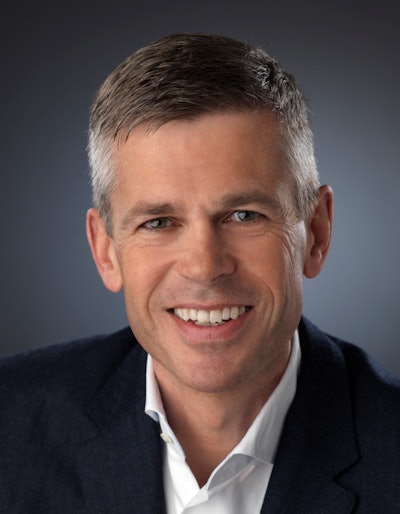
With the failure of Silicon Valley Bank (SVB) on 10 March but a speedy response from the U.S. government to guarantee deposits, the initial panic among startup founders appears to have abated. But what will be the long-term fallout?
The bank's crash further exposes the vulnerability of an already fragile high-growth, early-stage health tech sector, say market watchers, noting that investors may see a shift in strategy in the wake of the crisis. It may yet still be too early to paint a detailed picture of the impact of SVB's failure in a sector that has already started to tighten and consolidate over the past two years, they told AuntMinnieEurope.com.
Learning curve
Seed and Series A health startups -- which have included radiology artificial intelligence (AI) companies -- enjoyed a flurry of investment, often through banks such as SVB, back in 2017 and 2018. But now the underlying sentiment is that consolidation is coming and companies seeking investors need to demonstrate downstream value now more than ever.
 Dr. Farzana Rahman.
Dr. Farzana Rahman.Dr. Farzana Rahman, a radiologist as well as CEO and cofounder of the U.K. radiology platform company Hexarad noted that SVB will be sorely missed among the startup community. While her company was not a client of the bank, she knows founders of companies that were.
"SVB really catered to startups and high-growth companies with products such as venture debt options which are often not available in mainstream banks," she said. "It was a pillar for startups in the U.S. and the U.K. as other banks don't really support these types of companies in the same way."
Rahman has closely followed SVB's fall, noting that in the U.S. payrolls must be met every two weeks. For founders of companies that hadn't managed to get their money out of SVB by the end of last week, there was a general sense of panic.
"For small players, short-term liquidity issues can be company-ending," she said. "Hopefully by now due to swift action by the U.S. and U.K. governments, companies have access to their funds, but it would have been a different story altogether without such timely intervention."
Opinion pieces have suggested that small startups need to spread the risk by not banking in one place, but this is not necessarily practical for small companies: They can't have multiple bank accounts and can't necessarily conduct risk assessment on a bank's performance, particularly when the bank has been rated one of the best by Forbes and recommended to them by investors, Rahman said.
Over the past few years, there has also been a growing mistrust in smaller banks, Rahman noted, with depositors moving funds out of regional and small institutions in the U.S. to bigger banks. However, bigger banks don't do what smaller ones such as SVB can, according to Rahman.
"I think it's going to be a learning curve, with depositors now taking stock of how banks perform and perhaps tending to deposit with big institutions," she said. "However, the big banks don't always cater to startups, so there will definitely be a hole left in the market by SVB, and a question mark over whether anyone will step up and fill it."
Calming down?
 Steve Holloway.
Steve Holloway.Funding activity for radiology decreased in 2022, according to Steve Holloway, executive director at Signify Research, a health tech, market-intelligence firm based in Cranfield, U.K.
"We observed a definite 'calming down' of funding throughout 2022 for radiology, due in part to the fact that the impact of COVID in 2020 and 2021 caused record funding, but also because the radiology AI market has started to mature," Holloway told AuntMinnieEurope.com. "Many vendors have maximum two- to three-year 'runways' for funding, while others have much shorter timeframes and will need to raise money again in a tougher investment market."
Current market shakeups in the startup/investment arenas are therefore not just due to the impact of the Silicon Valley Bank failure but are part of a wider economic trend which could indicate that AI funding in radiology will be harder to come by, according to Holloway. Although as deposits are assured, the "here and now" impact is likely to be minimal. There will be a funding gap, and who will step in may be unclear. In the SVB situation, HSBC Holdings acquired the bank's U.K. arm, but elsewhere Holloway predicts that there will be a greater role for institutional investors in these kinds of situations.
"SVB acted as an ongoing credit facility for some companies, with investors funneling funds to firms through it," he said. "If funding is unavailable for even a short period of time, there is a ripple effect as they burn through cash quickly. It was likely a stressful weekend for a lot of founders."
Longer-term startup survivors are likely to be those companies that can prove real and significant downstream value, such as vendors like Heartflow and Cleerly that offer technology to help patients avoid invasive procedures, or AI that supports high patient throughput with tools such as automated reports (that could be applied, for example, to lung screening chest x-rays, providing earlier detection and reporting of incidental findings) that positively impact patient health and outcomes at an earlier stage.
Workflow innovation
 Dr. Erik Ranschaert, PhD.
Dr. Erik Ranschaert, PhD.Dr. Erik Ranschaert, PhD, past president of the European Society of Medical Imaging Informatics (EuSoMII) and visiting professor at Ghent University in Belgium concurred, adding that nonimaging algorithms to support logistics and workflow were still lacking in the market and should continue to interest venture capitalist investors in the mid-term, even in the face of market tightening.
"There is a lot of untouched terrain," he told AuntMinnieEurope.com. "Startups active in developing algorithms for exam prioritization, scheduling patients and creation of protocols could benefit from interest in this under-represented area of the market."
Bank failures or no, investors are still looking to tap into investments that pertain to optimizing scan time and analyzing and evaluating follow-up scans for cancer patients. Ranschaert also stressed that there's a lot of potential in algorithms that filter scans for normal findings, allowing for the automatic generation of normal reports. He pointed to one such tool, Oxipit, a commercially available chest x-ray algorithm that discerns normal chest x-rays and generates automated reports.
"It's not just about finding abnormalities using AI," he said. "If you can automate a process to find and classify a scan as normal, this also significantly reduces workload for radiologists and will interest investors."



















